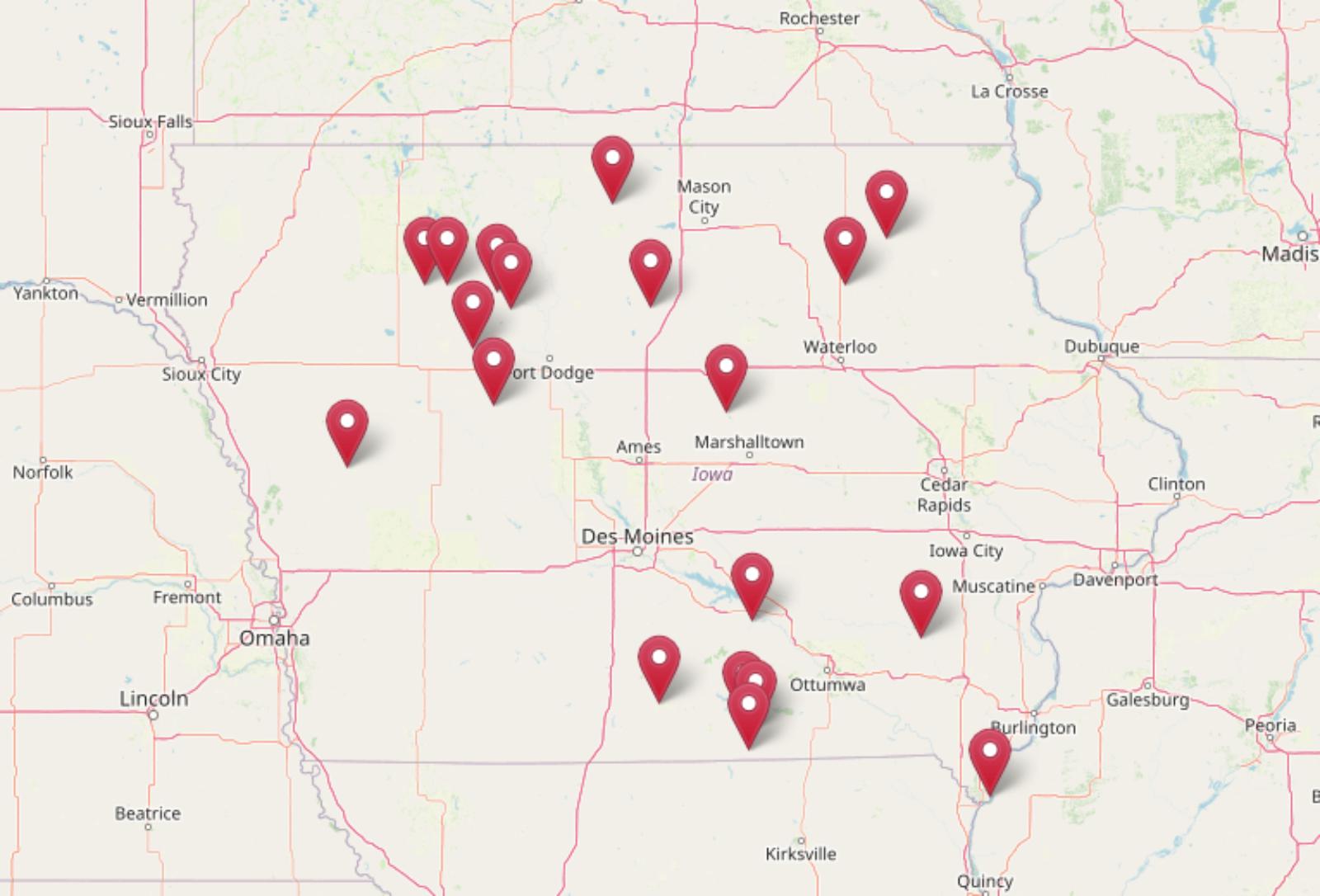
When browsing real estate listings, it can feel like the “possibilities are endless”—every description promises charm, potential, or a future dream home waiting just for you. But buried between the glowing adjectives and flattering photos are subtle red flags that seasoned buyers and agents recognize instantly.
These carefully chosen phrases are less about highlighting a home’s strengths and more about disguising its problems. To save you from sinking money into a money pit, here are 24 common listing phrases that actually translate to “run away” before you get in too deep.
24. “Priced to sell—motivated seller!”

This phrase usually means the seller wants a quick exit more than a top-dollar price, which can be a clue that something about the home, timing, or market isn’t cooperating. A genuinely well-priced home doesn’t need cheerleading—buyers and comps do the talking—so watch for mismatches between the list price and recent sales. “Motivated” can signal looming issues like a pending job relocation, a failed escrow, or problems uncovered in a prior inspection. Treat it as a prompt to dig hard on disclosures, days on market, and price cuts rather than as permission to rush.
23. “Up-and-coming / transitional neighborhood”

These euphemisms attempt to spin uncertainty as opportunity, but they also hint that current amenities, schools, or safety stats may not yet justify the price. Before buying the dream of “future growth,” pull crime data, school ratings, and planned development timelines to see if hype matches reality. Transitional areas can reward patient investors, yet they also carry volatility if promised projects stall or interest rates rise. If daily life matters now—commute, groceries, parks—make sure the present works even if the future fizzles.
22. “Cozy footprint / efficient living”

“Cozy” is real-estate speak for smaller than you think, often with tight rooms, minimal storage, and awkward furniture placement. Square footage and room dimensions are your reality check, especially when photos are shot wide with ultra-wide lenses. Efficient can still live well, but not if hallways eat space, door swings collide, and there’s nowhere for a dining table. Bring a tape measure, map your everyday furniture, and make sure “efficient” doesn’t translate to “inconvenient.”
21. “Unique / quirky floor plan”

Quirky layouts usually reflect ad-hoc additions or design choices that made sense only for a past owner’s lifestyle. Odd bedroom access through other rooms, bathrooms off kitchens, or staircases in strange places can limit appraisal value and future resale. Fixing flow often requires structural changes—moving walls, rerouting plumbing, or reframing openings—which isn’t cheap. Unless the price reflects the cost to re-plan, your “character” premium may become a renovation penalty.
20. “Flood zone—insurance required”

If flood insurance is required, the property sits in a mapped risk area where premiums can rise and claims history matters. Lenders will mandate coverage, which adds to your monthly cost and can blow up affordability when rates adjust. Ask for the elevation certificate, prior claims, and mitigation upgrades like flood vents, sump systems, and backflow valves. A bargain list price can be quickly erased by recurring premiums and deductibles after a single heavy storm.
19. “Septic and well ‘as-is’ (condition unknown)”

Septic systems and private wells are fantastic when maintained and a money pit when neglected, and “as-is” hints no one’s checked lately. Replacement costs for leach fields, tanks, pumps, or drilling new wells can run into five figures with permitting delays. Demand recent pump records, water potability tests, and a professional inspection—then budget realistically for repairs. If the seller refuses basic testing, assume you’re inheriting someone else’s overdue maintenance bill.
18. “Previous water intrusion / drainage issues”

Water is the silent home killer—mold, rot, foundation movement, and ruined finishes typically follow if drainage isn’t corrected at the source. A one-time event with documented remediation is different from chronic moisture evidenced by efflorescence, musty smells, or lifted baseboards. Verify grading, gutters, downspout extensions, and French drains, and look for warranties on any waterproofing. Price only makes sense if the fix is proven and transferable, not just painted over.
17. “Roof nearing end of life”

Roofs are capital expenses, and a tired roof means you’re buying a ticking clock with potential insurance headaches. Replacement quotes vary widely by material, pitch, access, and sheathing condition, so a vague allowance number isn’t enough. Check for curling shingles, soft decking, patchwork repairs, and ventilation problems that could shorten the new roof’s lifespan. Negotiate a realistic credit or price cut tied to written bids, not wishful estimates.
16. “Foundation movement/settlement noted”
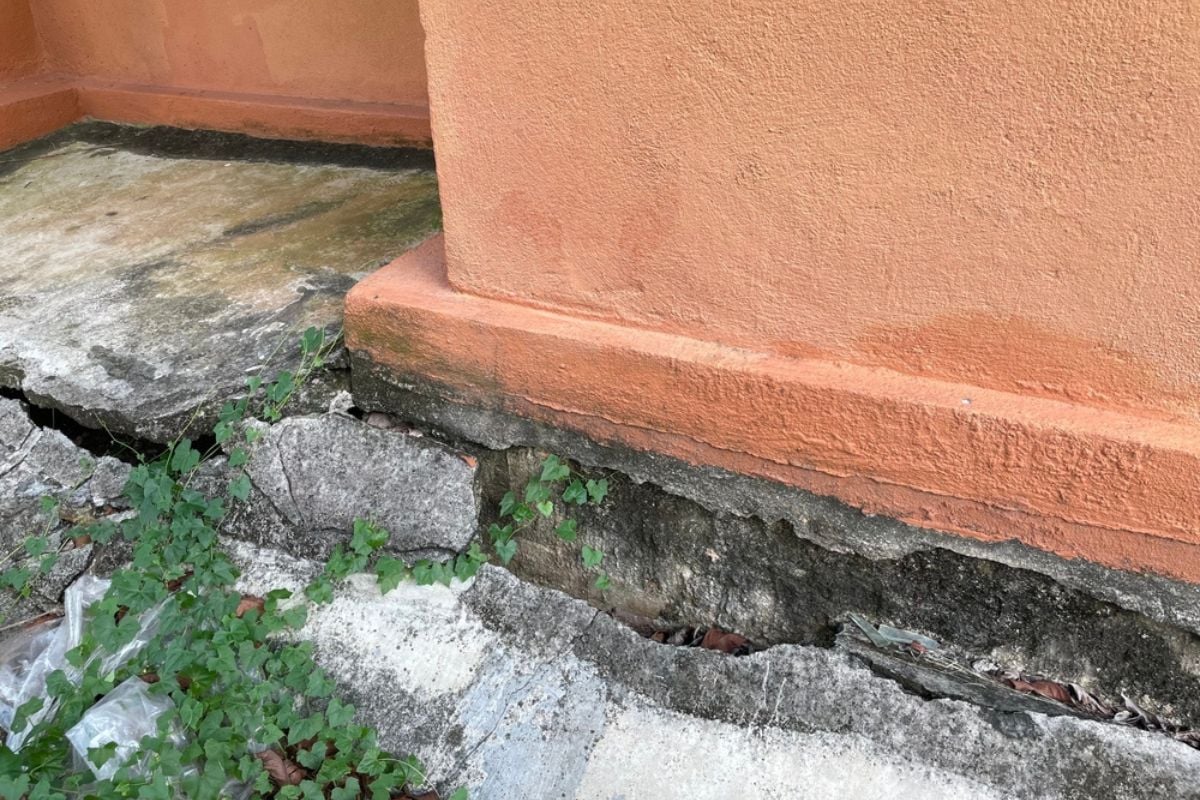
Foundations don’t fix themselves, and “movement” implies cracks, out-of-level floors, or sticky doors that may require engineering, piers, or drainage corrections. Cosmetic mortar patches often mask deeper structural shifts tied to soil conditions or water management. Repairs can be costly and may affect insurability and resale if not stamped by a licensed engineer. Insist on an engineer’s report, scope of work, and warranties—or be prepared to walk.
15. “Probate sale—court confirmation required”

A probate sale means the homeowner has passed away, and the property is being sold by the estate under court supervision. Because the heirs or executor are handling the sale, disclosures about the home’s history or condition are often limited since they may not have lived there.
The process itself can be slow and unpredictable—court confirmation is required, buyers can sometimes be outbid at hearings, and delays can stretch your escrow far beyond normal timelines.
While probate properties can be value opportunities, you need to be prepared for red tape, legal steps, and the very real possibility of walking away empty-handed even after making an offer.
14. “Short sale—lender approval required”

In a short sale, the bank must accept less than the outstanding loan, which puts your offer at the mercy of a third party with no urgency. Approval can take months, during which prices, rates, and your patience can shift. Disclosures may be thin, repairs unlikely, and junior liens can complicate closing. If you pursue it, work with an agent experienced in shorts and line up a backup plan.
13. “Subject to existing lease / rent-controlled”
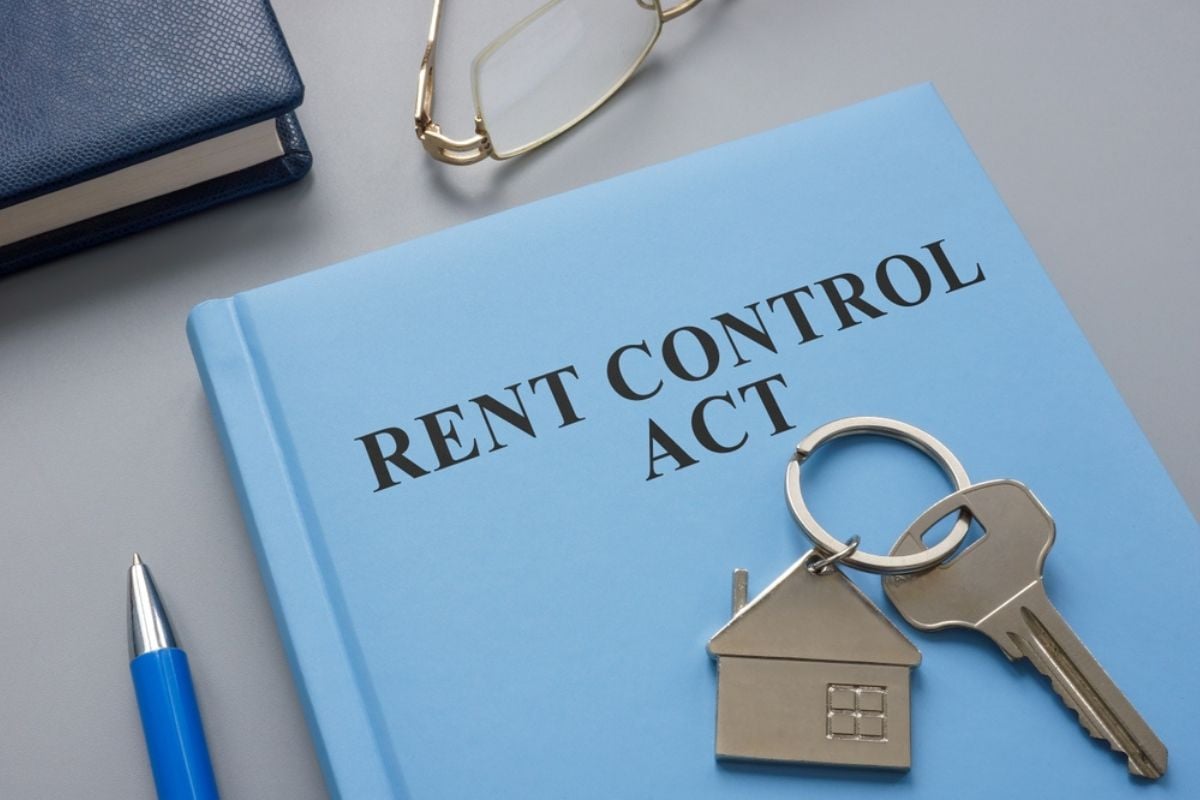
Buying a tenant-occupied property can be smart, but inheriting a lease—especially under rent control—limits your ability to occupy, renovate, or raise rents. Local ordinances may cap increases, restrict evictions, and mandate relocation payments. Lenders will underwrite based on actual income, not your pro-forma dreams, and appraisers will consider those constraints. Read the lease, verify compliance, and make sure the numbers work under current law, not best-case scenarios.
12. “Tenant-occupied—do not disturb”
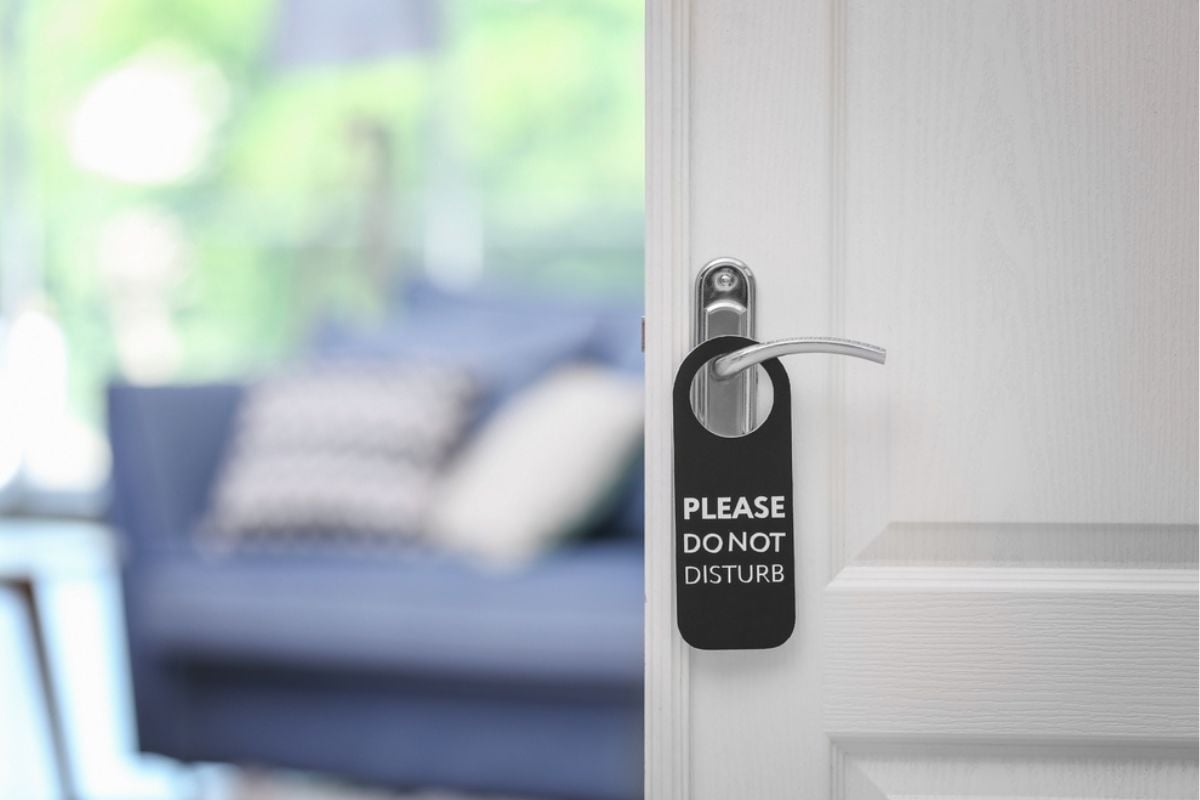
This is code for limited access and limited visibility into the property’s condition, which makes thorough inspection harder. You may only get a rushed showing or a drive-by, and cluttered or occupied spaces can hide defects. Security deposit transfers, unpaid rent, or holdover risks become your headache post-closing. If access is too restricted to inspect properly, your safest move is to keep driving.
11. “No interior access / drive-by only”

When you can’t see inside, assume the worst: vandalism, stripped copper, mold, or structural issues that photos conveniently avoid. Lenders hate unknowns, so expect cash requirements or steep repair escrows if you try to finance. Title problems or hostile occupants can also be lurking, delaying possession and adding legal costs. Unless the land value alone justifies the price, this is a high-risk bet.
10. “Converted garage (may not be permitted)”

Garage conversions can add space but often cut into parking, violate setback rules, or lack proper insulation, egress, and HVAC. Unpermitted work can trigger fines, insurance denials, and expensive retrofits if the city requires legalization. Appraisers may not count unpermitted square footage, which means you’re paying for space that won’t value out. If you love the extra room, budget for permitting or be ready to convert it back.
9. “Non-conforming / permits unknown”

Non-conforming means the home doesn’t meet current zoning or building standards—sometimes grandfathered, sometimes not—which can limit expansion or trigger costly upgrades. “Permits unknown” suggests the seller either didn’t pull them or can’t find them, both of which are red flags. Cities can require as-built plans, open walls for inspections, or impose fees to bring things up to code. Verify with the building department before your inspection window closes.
8. “Unpermitted additions (buyer to verify)”
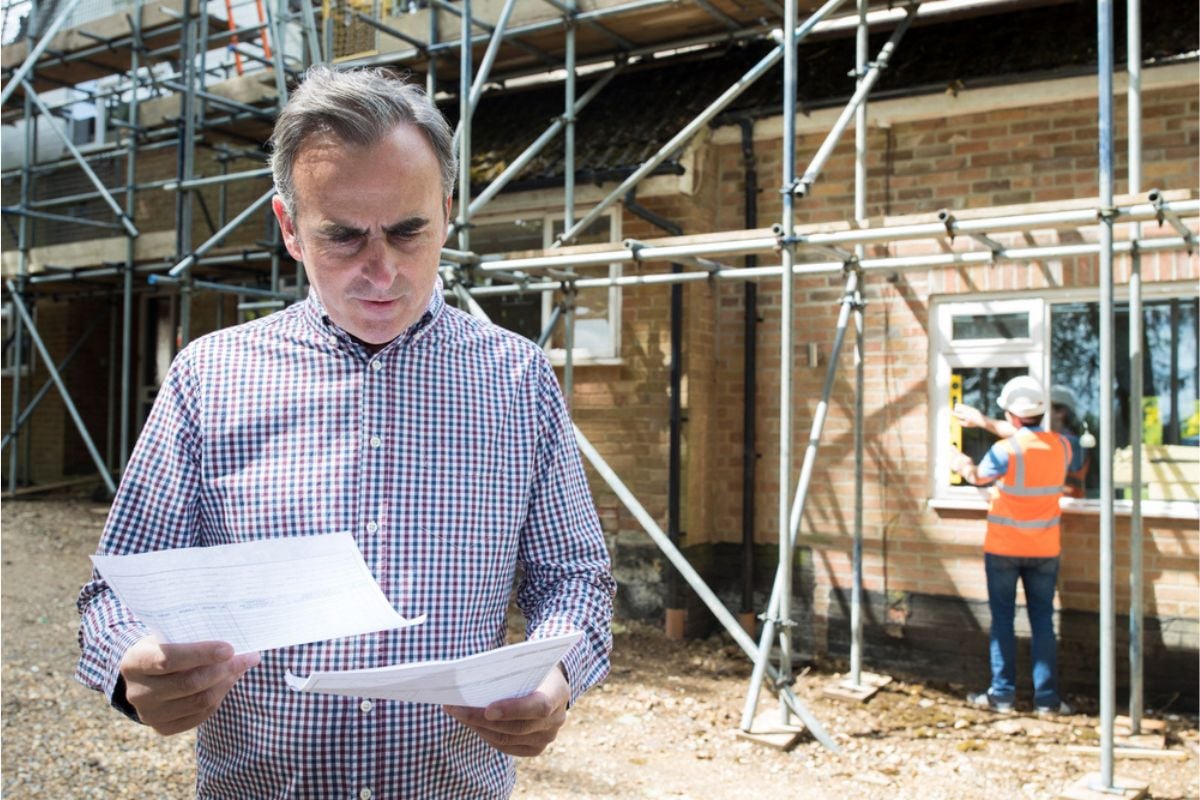
Unpermitted square footage is essentially decorative until legalized; it won’t count in appraisals and may void parts of your insurance. Hidden electrical, plumbing, and structural work might not meet safety standards and could fail under load or leak. Legalizing after the fact often means drawings, engineering, permits, and invasive inspections that disrupt living. Price the home as if that space doesn’t exist, then decide if the legalization path is worth it.
7. “Deferred maintenance throughout”

Deferred maintenance is the polite way to say “a long list of little things now adds up to big money.” Aging systems—HVAC, water heater, electrical panels—tend to fail in clusters, especially when filters, servicing, and tune-ups were skipped. You’ll pay more with rush jobs than planned replacements, and small leaks or caulk gaps can hide mold or rot. If you can’t get a clear, itemized picture of the backlog, you can’t price the risk.
6. “Great bones”

“Great bones” flatters the structure—foundation, framing, roofline—but usually implies the finishes, systems, or layout need serious attention. You may still be staring at old knob-and-tube wiring, galvanized plumbing, or a 90s kitchen destined for a dumpster. Good structure is important, but livability and code compliance cost real dollars to upgrade. If the bones are great, make sure the flesh isn’t a money vampire.
5. “Bring your contractor/architect”

When a listing literally invites your contractor, it’s telling you the punch list is beyond DIY. Architect mentions hint at structural walls to move, additions to reconcile, or layout fixes that need stamped plans. Professional bids will reveal if the price leaves any margin for the work you’ll inevitably do. Tour with experts early so your offer reflects reality, not optimism.
4. “Fixer-upper with potential”

Potential is code for “you will spend more money,” and how much depends on what’s behind walls and under floors. If comps show renovated homes sell strong, that’s encouraging—provided acquisition plus renovation plus holding costs still pencil. Surprise asbestos, bad electrical, or undersized service panels can turn a cute project into a budget buster. Run a real scope, not a Pinterest board, and assume a contingency cushion of at least 10–20%.
3. “Needs TLC (handyman special)”
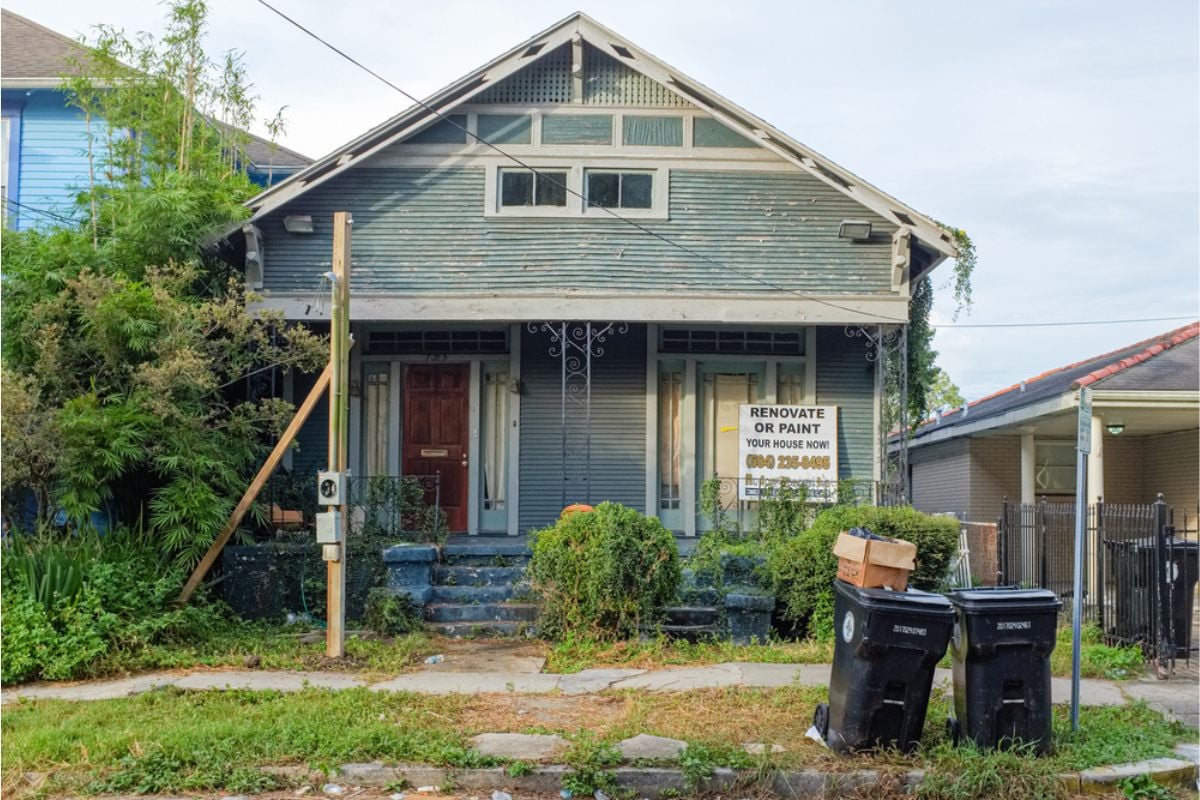
TLC often means time, labor, and cash, not just a weekend of paint and knobs. Homes that need “a little love” frequently require new roofs, windows, or mechanicals—items far costlier than cosmetic tweaks. Handyman specials can be great equity plays if you’re truly handy and have the bandwidth. If you’ll end up hiring everything out, make sure the numbers still work after contractor pricing.
2. “Cash only / hard-money preferred”

Cash-only screams that the property likely won’t qualify for conventional financing due to condition, title issues, or occupancy problems. Lenders balk at missing kitchens, active leaks, safety hazards, or unknown interiors, forcing buyers to bring all funds. Hard-money loans fill the gap but with high interest, points, and short terms that punish delays. If banks won’t touch it, ask yourself why you should—at least not without a deep discount.
1. “As-is sale—no repairs or credits”

As-is means what you see is what you get—plus what you don’t see but will pay for later. Sellers use this to cap their exposure, often after prior deals fell apart or inspections revealed widespread issues. You can still inspect, but your leverage for fixes is intentionally removed, making price your only tool. If the discount doesn’t cover the likely repair stack, the smartest move is to run away.




